Description
Scottish Heather Honey
Heather honey is unique honey, sitting right between the two usual categories of dark honey and light. With a texture that is both grainy and runny, as well as refreshing floral notes paired with a rich dark bottom tone, Heather honey is a must-try. We get our heather honey from a range of our apiaries, from the Gleneagles Hotel, and the Falkland Estate, to some smaller more discrete apiaries across the Scottish borders. We use a range of apiaries to ensure we can maintain a high level of quality, with this notoriously difficult to produce honey.
Our Scottish Heather Honey comes from our own apiaries at the Glen Eagles Hotel, Falkland Estate, and in the Scottish Borders. It is rich in taste and very aromatic. Not to mention it’s full of pollen for those who have allergies and need a helping hand to boost their immunity in spring time!
Scottish Heather Honey
Scottish Heather Honey has an unusual texture, due to its thixotropic characteristic, it is a jelly until stirred when it becomes a syrup like other honey, and then it turns back once left alone. Both heather (Calluna vulgaris) and manuka (Leptospermum scoparium) honey are described as thixotropic.
This means that they are gel-like (extremely viscous) when standing still, but they can turn liquid when agitated or stirred. The viscosity of heather honey is so high that makes the extraction of the honey from the comb very difficult. That’s why, this honey is extracted by pressure (instead of centrifugation), which destroys the combs.
Scottish heather honey was recently found to contain significantly high levels of manganese, up to 10x that of its competitors, including the well-loved Manuka, making it the second richest source in the world! Manganese is an essential trace mineral, with powerful antioxidant properties as well as being crucial to metabolism, liver function, and bone formation.
In regards to metabolism, manganese plays a vital role in the regulation of insulin secretion; supporting the storage and utilisation of carbohydrates and dietary fats. In bone health, manganese activates several enzymes necessary for the formation of healthy cartilage and bone. Finally in the liver, manganese facilitates the urea cycle; the center of the body’s natural detoxification process.
For more info on health benefits please visit Healthy with Honey
What to do with Scottish Heather Honey
Heather Honey is very strong in flavour hence should be used with caution. It goes very well with oranges in marmalade or in cakes.
Here is a quick recipe for heather honey cake
- Preheat the oven to 180C/gas 4. Butter a 20cm cake tin and line the base with baking parchment.
- Cream the butter(85g) and sugar (85g) until light and fluffy. Gradually add the eggs (2), followed by the honey (115g).(or use Heather Comb for some extra texture)
- Gradually add the eggs, followed by the honey. Sift over the flour (225g) and baking powder (1tsp)and fold in gently to combine.
- Sift over the flour and baking powder and fold in gently to combine. Turn the mixture into the prepared tin and level the surface.
- Bake for 30 minutes, until golden and shrinking slightly from the sides of the tin. Turn out and cool on a wire rack.
- When cold, slice and serve spread with unsalted butter.
All the best and enjoy.
If you’ve tried our delicious Honey before then let us know what you thought of it on our Instagram or Facebook!
Check out our YouTube channel to learn more about bees and honey

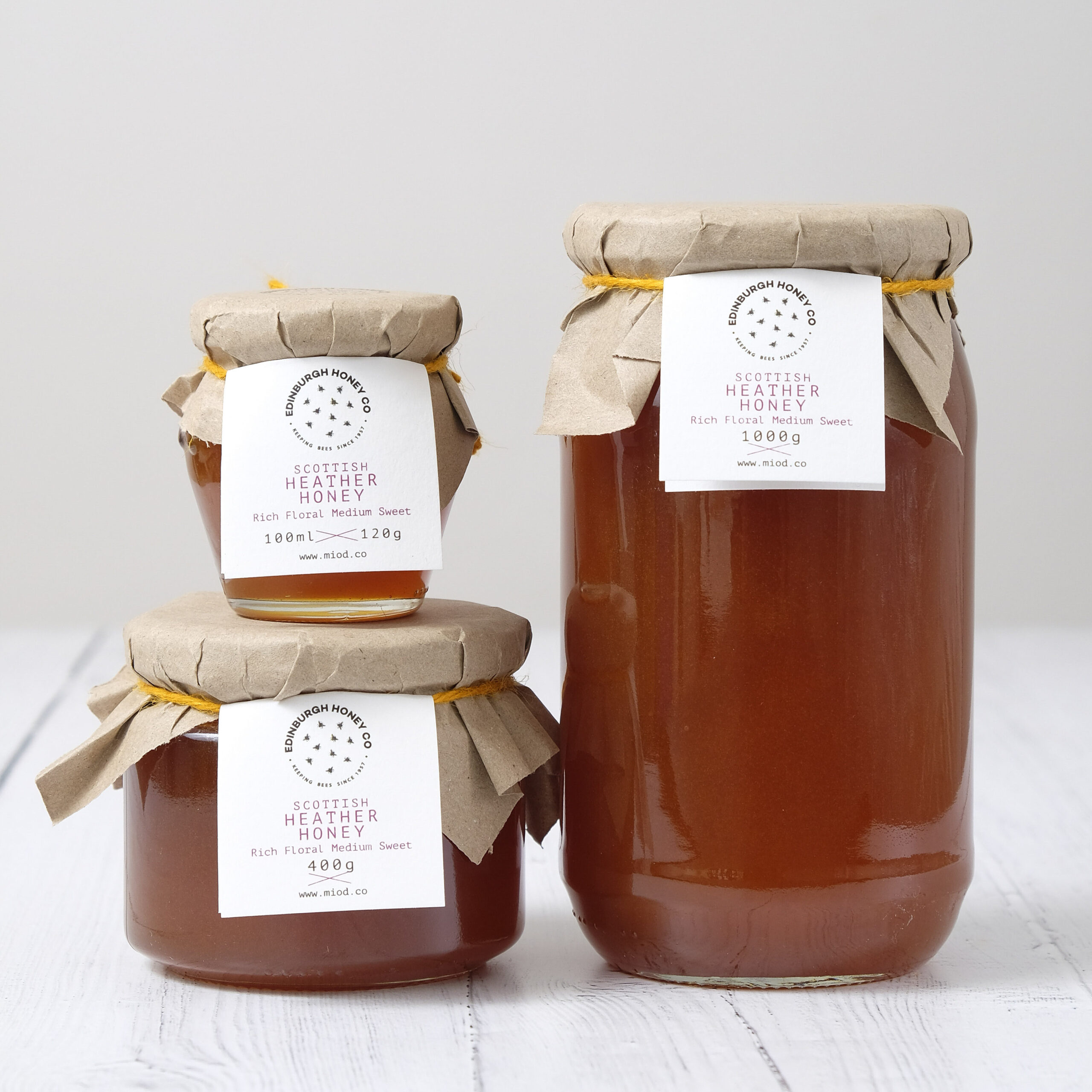


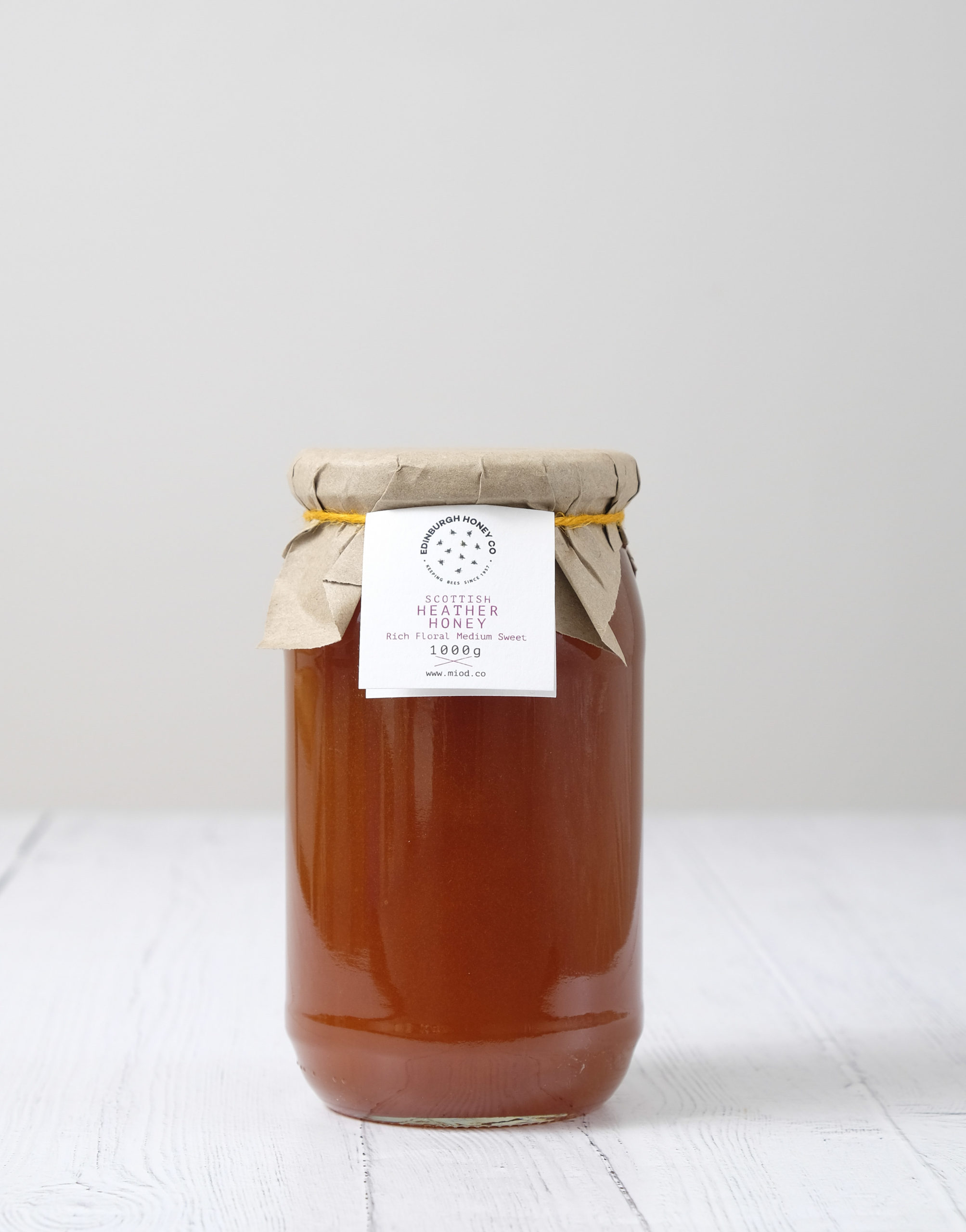
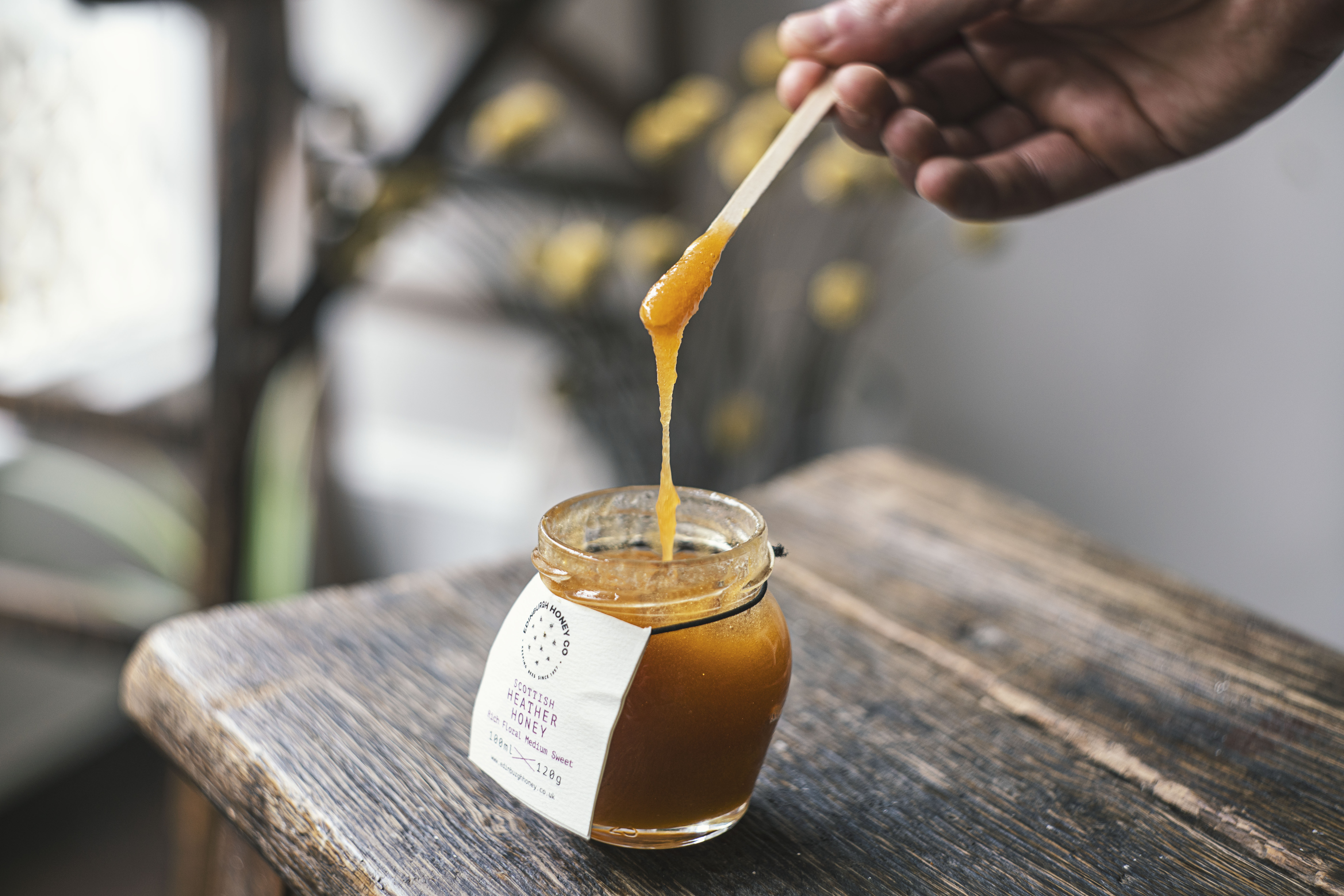
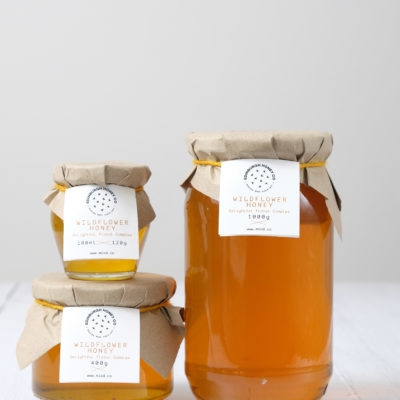
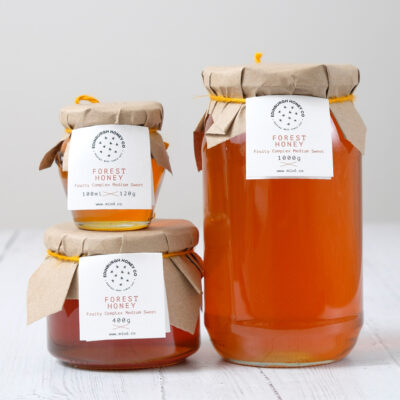
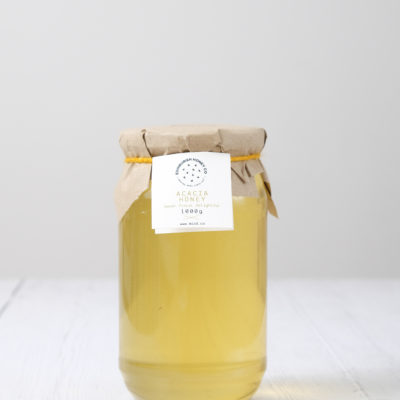
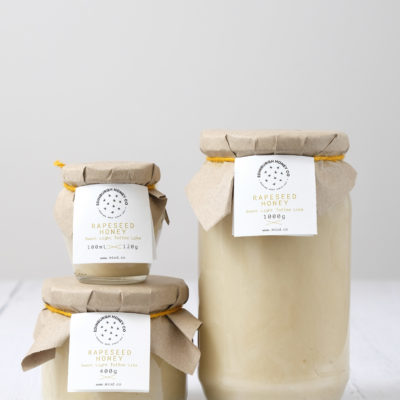
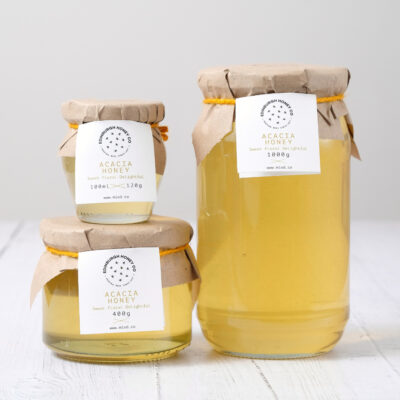
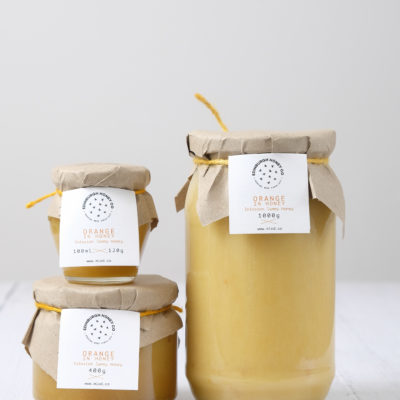
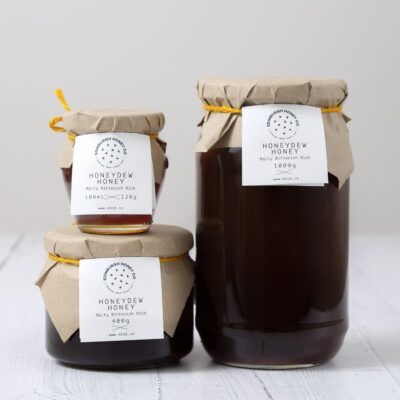
Reviews
There are no reviews yet.